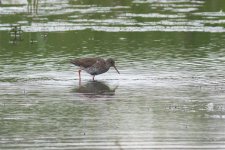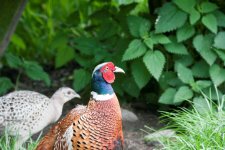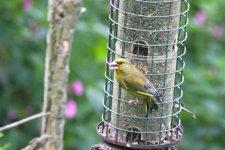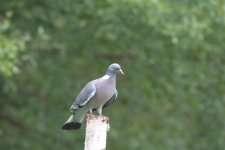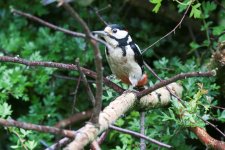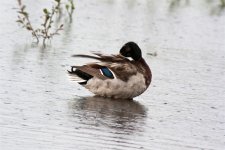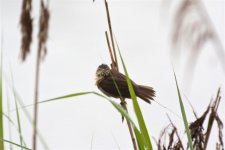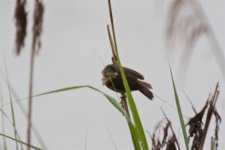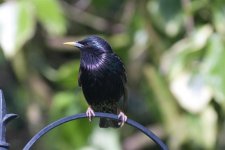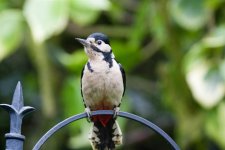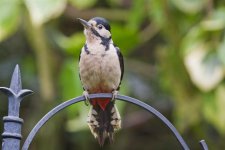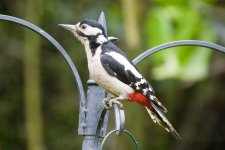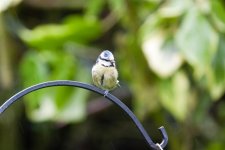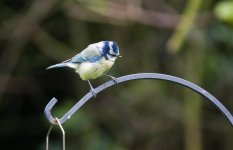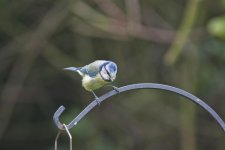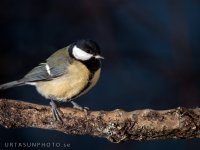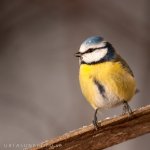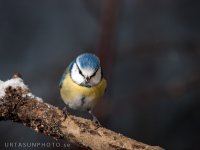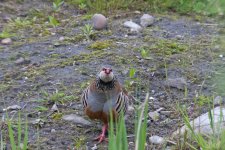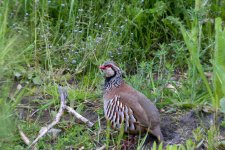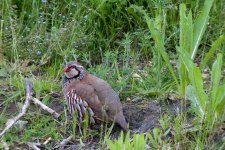Instead of cluttering up other threads I have started this please help me thread :-O
I went out again on friday for a hour or two and shot off 88 shots and out of that lot the ones below are the best. Most were just binned.
I am finding most photos are well over exposed even though I have the arrow on -1 to -2 and some times even lower. I shoot in manual mode with auto iso or a 800 iso.
Canon 450d and skywatcher scope. The 1.5 teleconverter shots I took were even worse and all were binned.
What am I doing wrong :-C
The only touch I have done is to open in raw, then open in adobe and adjust the levels. I did sharpen and crop the Redshank picture though as it was a good distance out, nothing else.
I am getting better at focusing, its just the gerneral burnt out OE of most of my photos thats getting me down.
Cheers Paul
I went out again on friday for a hour or two and shot off 88 shots and out of that lot the ones below are the best. Most were just binned.
I am finding most photos are well over exposed even though I have the arrow on -1 to -2 and some times even lower. I shoot in manual mode with auto iso or a 800 iso.
Canon 450d and skywatcher scope. The 1.5 teleconverter shots I took were even worse and all were binned.
What am I doing wrong :-C
The only touch I have done is to open in raw, then open in adobe and adjust the levels. I did sharpen and crop the Redshank picture though as it was a good distance out, nothing else.
I am getting better at focusing, its just the gerneral burnt out OE of most of my photos thats getting me down.
Cheers Paul




